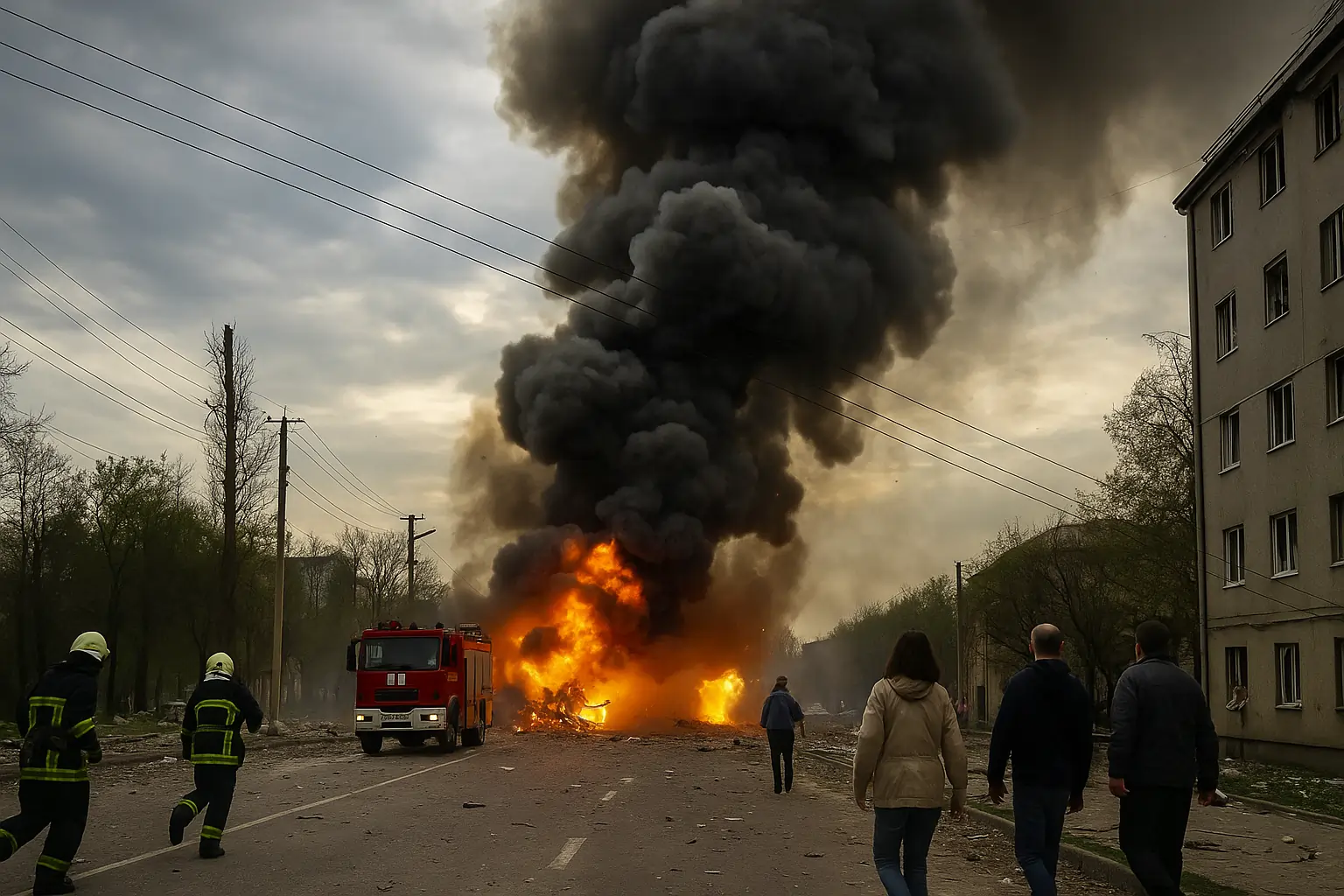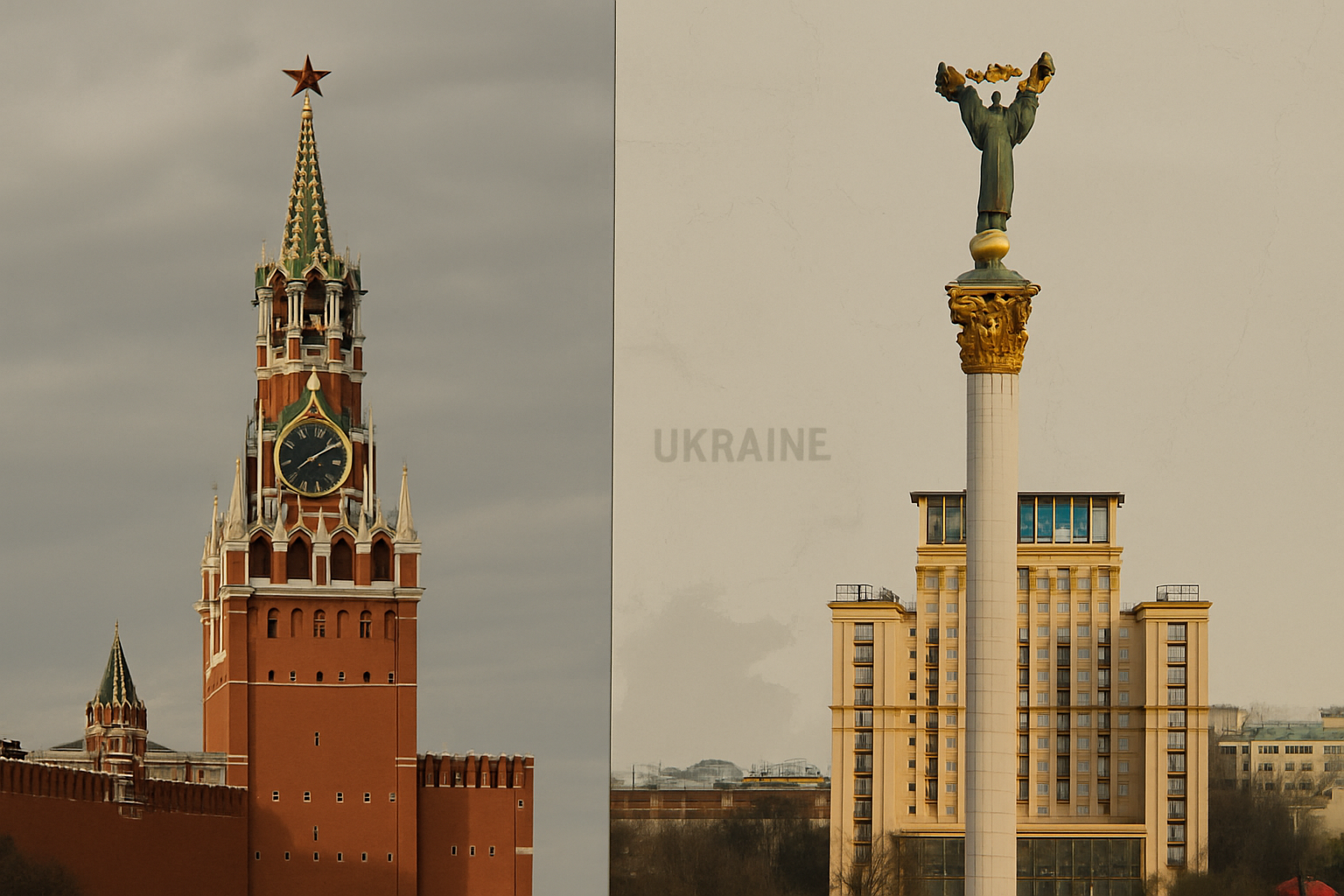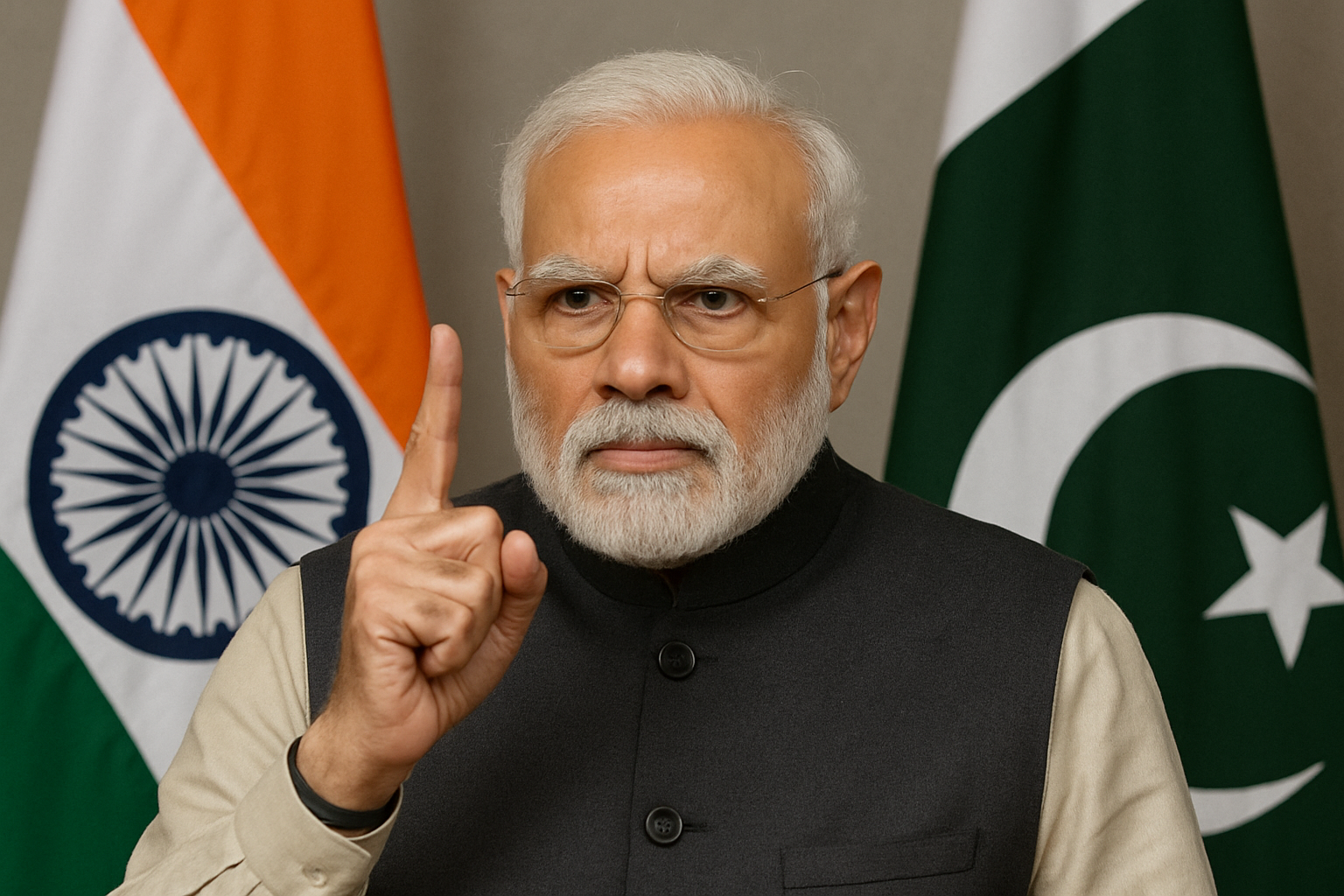Pervez Musharraf remains one of Pakistan’s most controversial figures, a man whose legacy is shaped by a military coup, the infamous Kargil conflict, and his role in shaping Pakistan’s political and military trajectory. As Pakistan’s Army Chief and later its President, Musharraf left an indelible mark on the country, often stirring intense emotions, both admiration and criticism, in equal measure.
The Coup: Rise to Power
The name Pervez Musharraf entered the annals of Pakistan’s history in October 1999, when he led a military coup that overthrew Prime Minister Nawaz Sharif’s government. Sharif, the then-Pakistani leader, had attempted to dismiss Musharraf as the Chief of Army Staff, a move that ultimately backfired. With Sharif’s government in turmoil, Musharraf seized the opportunity to stage a bloodless coup, claiming to protect Pakistan’s integrity and national interests.
Musharraf’s rise to power was not without consequence. The coup led to widespread political instability in the country, which saw Sharif exiled and Musharraf consolidating control. He justified his actions by arguing that Pakistan’s military needed to be in charge to steer the country out of its economic and security crises. This event marked the beginning of Musharraf’s controversial era in power.
Kargil War: A Defining Moment
Perhaps the most defining chapter of Musharraf’s legacy is his involvement in the Kargil War of 1999, a conflict between India and Pakistan that nearly escalated into a full-scale war. At the time, Musharraf was Pakistan’s Army Chief, and it was under his leadership that Pakistani forces, alongside militants, infiltrated the Kargil district of Indian-administered Kashmir.
The Kargil War led to significant casualties on both sides and is remembered for its high human cost and the diplomatic fallout that followed. In Pakistan, Musharraf is often seen as the architect of the operation, which was initially shrouded in secrecy and later turned into a national embarrassment when the international community, led by the United States, pressured Pakistan to withdraw. The war ended in India’s favor, and Pakistan was forced to retreat.
Despite the loss, Musharraf remained steadfast in his belief that the military had acted in Pakistan’s national interest. However, the war left Pakistan isolated on the global stage and revealed the limits of Musharraf’s strategy. For many, Kargil remains a symbol of Musharraf’s ambitious but flawed approach to geopolitics.
Musharraf as President: A Controversial Figure
Musharraf’s role did not end with the coup or the war. In 2001, after the 9/11 attacks, Musharraf found himself in the international spotlight as he made a strategic shift in Pakistan’s foreign policy. Aligning with the United States in its war on terrorism, Musharraf gained significant Western support, and his leadership was seen as crucial in the U.S.-led war in Afghanistan. However, this alliance was deeply unpopular within Pakistan, where many viewed it as a betrayal of the country’s sovereignty.
Domestically, Musharraf’s presidency was marked by several controversial decisions. While he introduced some economic reforms and was credited with leading Pakistan through the initial years of the war on terror, his authoritarian methods, including his decision to dismiss judges and suspend the constitution in 2007, led to widespread opposition. Musharraf’s military dictatorship became increasingly unpopular, and calls for his resignation grew louder.
The Downfall: From Power to Exile
Musharraf’s reign eventually came to an end in 2008. Under pressure from political opponents, civil society, and the military, he was forced to step down as President. His departure, though voluntary, marked the end of a chapter in Pakistan’s history that had been marked by both military rule and political instability.
After his resignation, Musharraf went into self-imposed exile, spending years in London and Dubai. His time outside Pakistan was not without legal battles, as he faced charges related to his suspension of the constitution and his role in the assassination of former Prime Minister Benazir Bhutto. Musharraf’s return to Pakistan in 2013 was met with mixed reactions, and his attempts to re-enter politics were largely unsuccessful.
Musharraf’s Legacy: Divisive and Complex
Pervez Musharraf’s legacy remains deeply divisive. To some, he is seen as a hero who navigated Pakistan through perilous times, bringing a measure of stability and prosperity, particularly in the early years of his rule. His strategic alliances with the West, particularly the United States, provided Pakistan with significant military aid and support, which helped modernize the country’s defense capabilities.
On the other hand, many view him as the architect of Pakistan’s decline into political and military authoritarianism. His handling of the Kargil conflict and his relationship with the West during the war on terror are criticized for their lack of foresight and their damaging impact on Pakistan’s sovereignty. His coup in 1999 and the subsequent years of military rule set the stage for a generation of political instability, with Pakistan’s democratic institutions severely weakened.
Conclusion: A Controversial Chapter in Pakistan’s History
Pervez Musharraf’s time as Pakistan’s army chief and president is a legacy that will never be forgotten. He is a man whose actions have shaped Pakistan’s modern history, for better or worse. Whether hailed as a defender of the nation or criticized for his authoritarian rule, Musharraf’s story remains a reminder of the complexities of military leadership in South Asia and the delicate balance of power between the military and civilian governments.
Pakistan’s future will always be influenced by the shadow of figures like Pervez Musharraf, whose tenure as army chief and president reshaped the country’s military, political, and international landscape in ways that are still felt today.
Also read: Where is the grocery hills in Pakistan, does Pakistan really keep all its nuclear weapons here?






